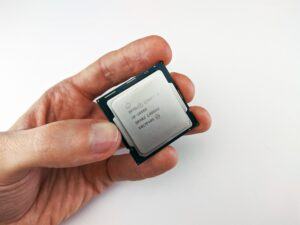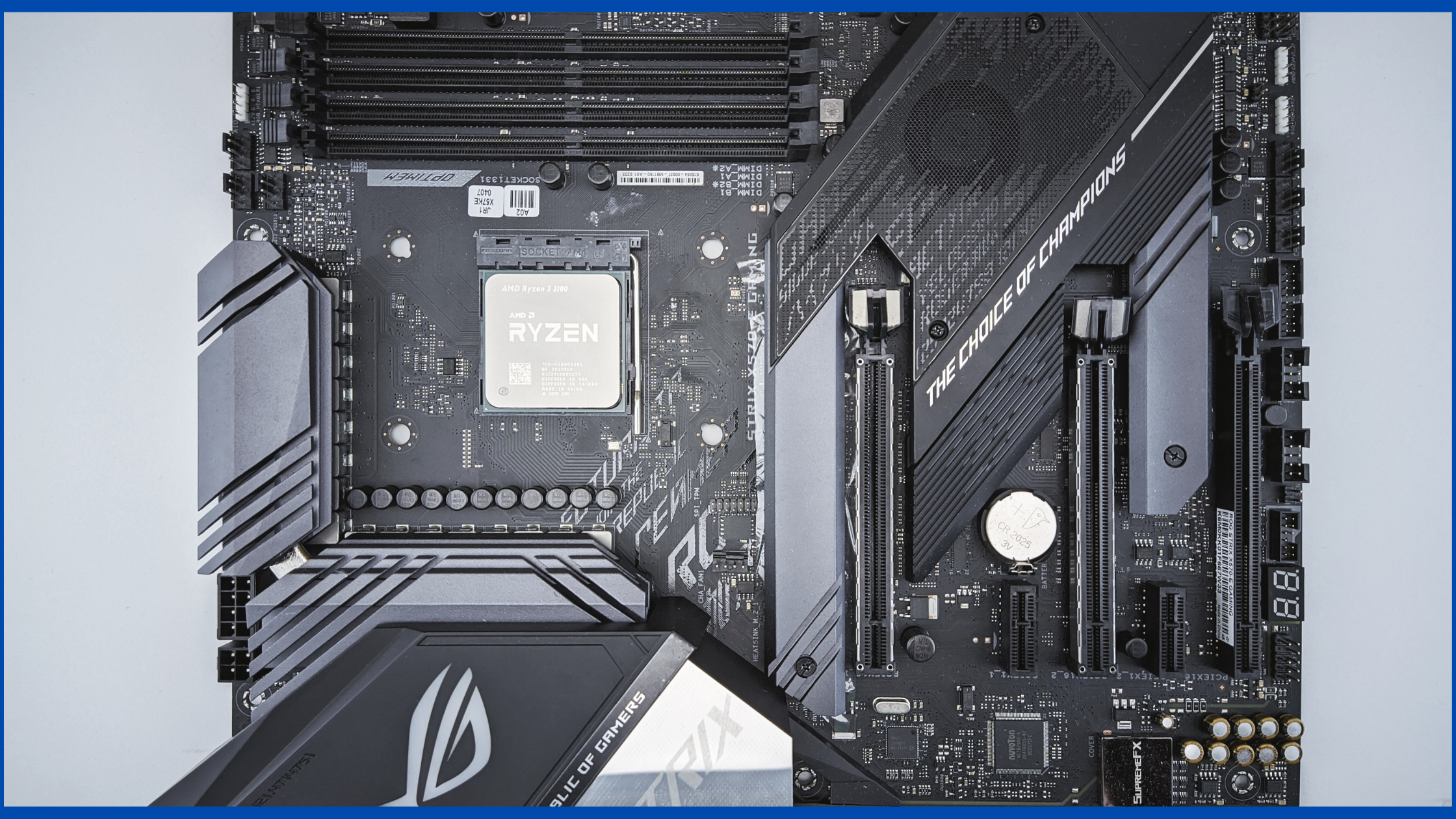Several things can cause system crashes, so it’s essential to determine which component is causing them.
There are a few ways to test if the CPU is causing the crashes, and each has its benefits and drawbacks.
If you cannot identify the cause of the cracks, you may then not be able to replace it.
In this article, you get all the information related to What You can Do to Determine if the CPU Is Causing the System Crashes.
The Common Signs of CPU Failure to Determine if the CPU Is Causing the System Crashes Includes:
- Booting Issues
- Frequent Shutdowns
- Beeping Noises
- Physical Damages
- Freezing
- Blue Screen of Death
1. Booting Issues
System crashes can be caused by many different factors, including but not limited to hardware and software malfunctions, memory errors, and viruses. In some cases, it can be challenging to determine the root cause of a system crash.
One way to help determine if the CPU is causing the system crashes is to check for booting issues. If the system cannot boot properly, this could be a sign that the CPU is failing.
If you are experiencing system crashes and have determined that the CPU may be the root cause, it is essential to test the CPU for errors.
One way to do this is to run a diagnostic tool such as Memtest86+. This tool checks for memory errors and can help identify if the CPU is causing the system crashes.
2. Frequent Shutdowns
To determine if the CPU is causing the system crashes, you need to check how often your computer is shutting down.
If it’s frequently shutting down, that’s a sign that the CPU is failing and needs to be replaced. Another way to tell if the CPU is causing the system crashes is by checking your computer’s event logs.
If multiple errors are related to the CPU, the CPU is likely causing the system crashes.
If you’re still unsure whether the CPU is causing the system crashes, you can run a diagnostic test on your computer.
If the diagnostic test finds any CPU errors, the CPU is likely causing the system crashes.
If you cannot determine whether the CPU is causing the system crashes on your own, you can take your computer to a technician for further inspection.
3. Beeping Noises
When a computer system starts making an abnormal beeping noise, it could indicate that the CPU is failing.
If this is the case, it’s essential to determine if the CPU is causing the system crashes.
One way to do this is to take the system offline and swap out the CPU with another to see if the problem persists.
If it does, there may be something else wrong with the system that must address.
However, if swapping out the CPU resolves the issue, it’s likely that the original CPU was defective and needed to be replaced.
4. Physical Damages
Computer crashes can be frustrating and cause a lot of lost time. Determining if the CPU is causing the system crashes can be daunting.
A physical damage sign of CPU failure can help determine if the CPU is at fault. If you are experiencing regular system crashes, checking for physical damage to the CPU is essential.
Physical injuries can include bent pins, broken legs, or melted plastic. If there is any physical damage to the CPU, it is most likely the source of your system crashes and needs to be replaced.

5. Freezing
If your computer has been freezing, it could be a sign that the CPU is failing.
It can cause the system to crash, making it difficult to determine if the CPU is the root of the problem.
One way to try and determine if this is the issue is by freezing the system again and seeing if a specific program or action causes it to freeze.
If so, you know that the CPU is likely causing your system crashes and needs to be replaced.
6. Blue Screen of Death
One of the most common and frustrating errors on a computer is the blue screen of death.
This error occurs when the system crashes and displays a blue screen with white text. While there can be many reasons for a system crash, one common sense is that the CPU is failing.
If you are experiencing regular system crashes, determining if the CPU is causing the problem may be worth your time.
One way to do this is to check for the presence of a blue screen death sign.
This sign typically appears when the CPU fails and causes the system to crash.
If you see this sign, the CPU is likely causing your system crashes, and you will need to replace it. However, if you are not seeing this sign, it does not necessarily mean that the CPU is not causing your crashes.
What is a CPU, and what are its primary responsibilities?
In computing, a central processing unit (CPU) is the electronic circuitry within a computer that carries out the instructions of a computer program by performing the basic arithmetical, logical, and input/output operations of the system.
The CPU is the primary component of the system that determines performance.
The primary responsibilities of a CPU are to fetch and execute instructions, calculate and manipulate data, control peripheral devices, and manage memory.
The CPU reads instructions from storage (usually from RAM), decodes them into a sequence of microprocessor commands, and then executes them.
It also fetches data from RAM or other storage devices as required for the execution of instructions or for producing the results of calculations.
How can you fix if the CPU Is Causing System Crashes?
If your computer is frequently crashing, and you’ve ruled out other potential causes, the problem may be your CPU. This article will show you how to diagnose and fix a CPU-related system crash.
- First, you’ll need to determine whether the CPU is causing the crashes. To do this, boot your computer in safe mode and run a diagnostic test. If the cracks continue safely, then the problem is likely with your CPU.
- If it’s determined that the CPU is causing the system crashes, there are a few things that you can do to fix the issue. One option is to replace the CPU. If you’re uncomfortable doing this yourself, you can take your computer to a professional for repair.
- Another option is to try overclocking your CPU. It will cause the system to run at higher clock speeds, making it more likely that your CPU will be able to handle the increased demand. If overclocking doesn’t solve the problem, you should consider replacing your CPU.
Conclusion:
In conclusion, What Can You Do to Determine if the CPU Is Causing the System Crashes? there are several ways that you can determine if the CPU is causing system crashes.
By following the steps in this article, you can narrow down the cause of your crashes and take the steps needed to fix them.




